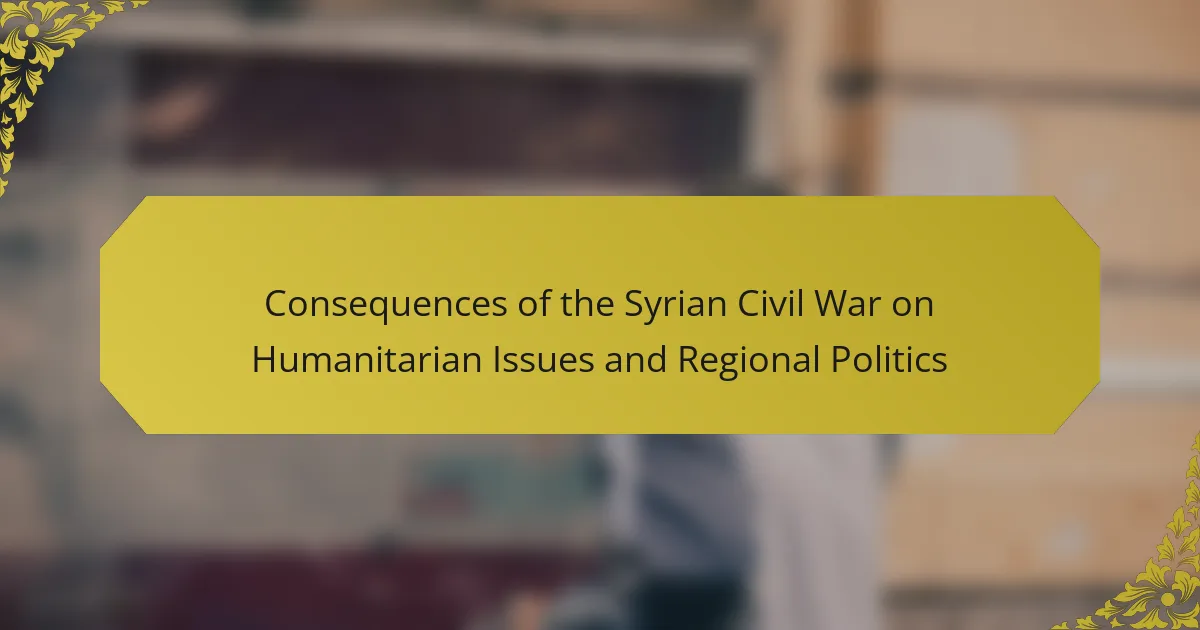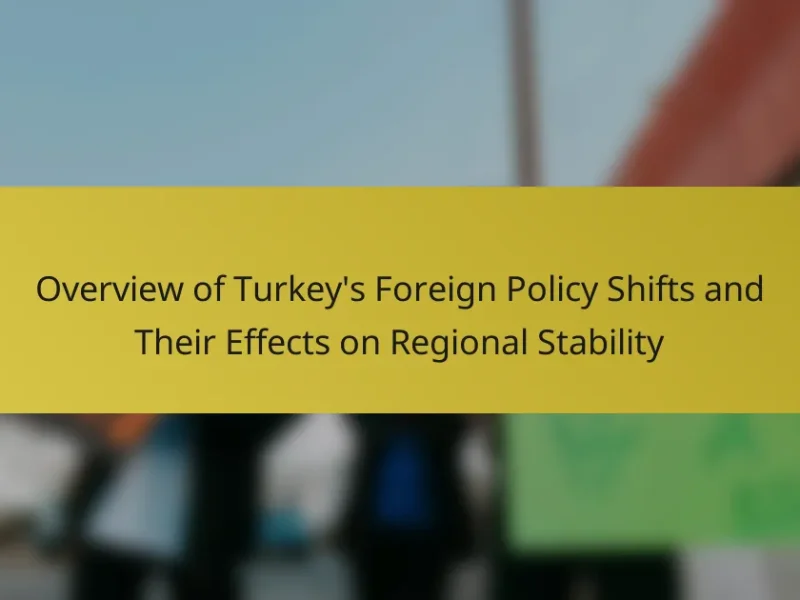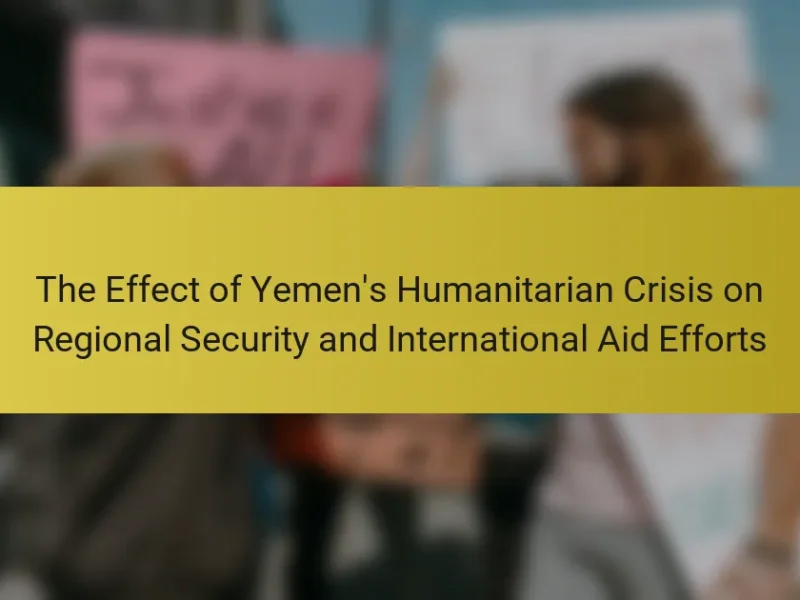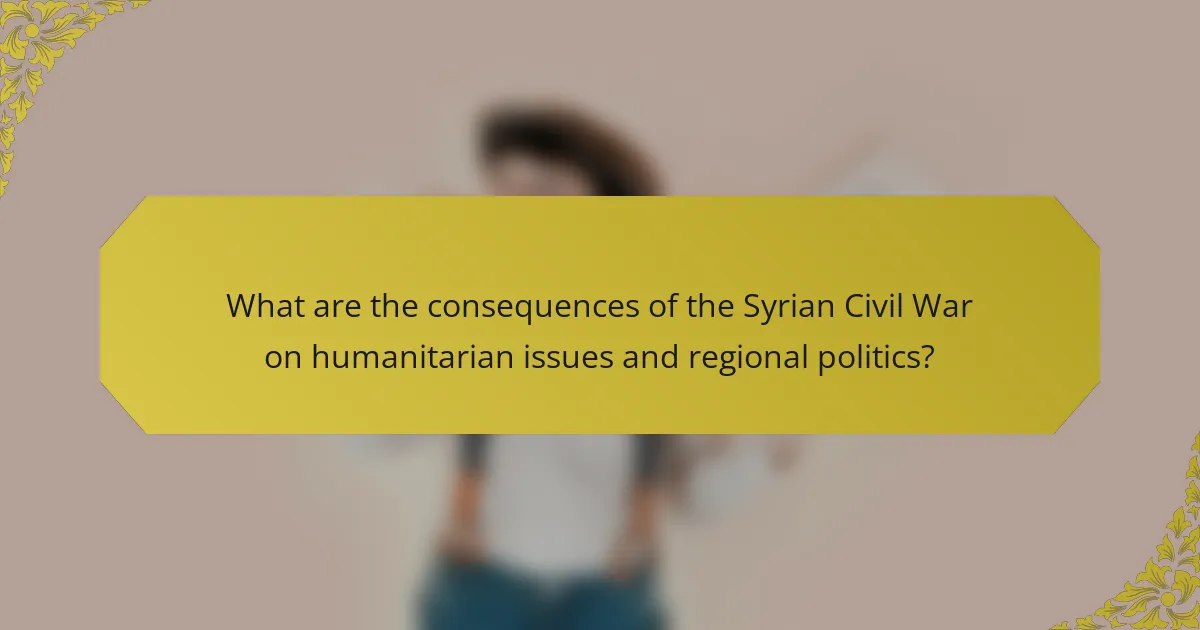
What are the consequences of the Syrian Civil War on humanitarian issues and regional politics?
The Syrian Civil War has led to severe humanitarian crises and significant shifts in regional politics. Over 13 million people have been displaced, creating one of the largest refugee crises in recent history. Humanitarian access has been hampered by ongoing violence and political restrictions. The war has exacerbated food insecurity, with 12 million people facing hunger as of 2021.
Regionally, the conflict has altered alliances and power dynamics. Countries like Iran and Russia have increased their influence in Syria, while Turkey has intervened to counter Kurdish groups. The war has intensified sectarian tensions, impacting neighboring countries like Lebanon and Iraq. Diplomatic efforts have struggled, with multiple peace talks failing to produce lasting solutions.
Overall, the consequences of the Syrian Civil War on humanitarian issues and regional politics are profound and ongoing.
How has the Syrian Civil War impacted humanitarian conditions within Syria?
The Syrian Civil War has severely degraded humanitarian conditions within Syria. Over 13 million people require humanitarian assistance, according to the United Nations. Access to basic necessities such as food, water, and healthcare has been drastically limited. The conflict has led to widespread displacement, with over 6 million people internally displaced. Infrastructure, including hospitals and schools, has been heavily damaged or destroyed. Malnutrition rates have risen, particularly among children. The ongoing violence hampers relief efforts, making it difficult for aid organizations to operate. Additionally, economic collapse has exacerbated poverty and unemployment, further straining humanitarian conditions.
What are the major humanitarian crises resulting from the conflict?
The major humanitarian crises resulting from the conflict include widespread displacement, food insecurity, and healthcare collapse. The Syrian Civil War has led to over 13 million people being displaced internally and externally. Additionally, around 12 million people face food shortages, with many relying on humanitarian aid. The healthcare system has been severely damaged, with hospitals destroyed and healthcare workers fleeing. This has resulted in limited access to medical services for millions. Furthermore, the ongoing violence exacerbates the humanitarian situation, making it difficult for aid organizations to operate effectively.
How has the war affected access to basic needs for civilians?
The war has severely limited access to basic needs for civilians in Syria. Basic necessities such as food, water, and healthcare have become increasingly scarce. According to the United Nations, over 12 million people are food insecure. Many civilians face challenges in accessing safe drinking water due to damaged infrastructure. Health services are disrupted, with hospitals destroyed or operating at reduced capacity. The World Health Organization reports a significant increase in disease outbreaks as a result. Displacement due to conflict further exacerbates these issues, leaving many without shelter. Overall, the war has created a humanitarian crisis affecting millions of civilians.
What role do international organizations play in addressing humanitarian issues in Syria?
International organizations play a crucial role in addressing humanitarian issues in Syria. They provide essential aid and support to affected populations. Organizations like the United Nations and the Red Cross coordinate relief efforts. They deliver food, medical supplies, and shelter to displaced individuals. These organizations also advocate for humanitarian access and protection of civilians. According to the UN, over 14 million people in Syria require humanitarian assistance. International organizations work to mobilize funding and resources to meet these needs. Their presence helps to raise awareness of the ongoing crisis globally.
How effective have international responses been in mitigating humanitarian crises?
International responses have been moderately effective in mitigating humanitarian crises. Various organizations, including the United Nations, have provided essential aid. They have delivered food, medical supplies, and shelter to millions affected by conflicts. For instance, the UN reported that over 11 million people received assistance in 2020 alone. However, challenges such as funding shortages and access restrictions hindered efforts. In Syria, ongoing violence has complicated aid delivery. Political disagreements among nations further impede coordinated responses. Despite these challenges, international efforts have saved countless lives and alleviated suffering in many regions.
What challenges do these organizations face in delivering aid?
Organizations delivering aid in Syria face significant challenges. One major challenge is ongoing conflict, which disrupts access to affected populations. According to the United Nations, over 13 million people in Syria require humanitarian assistance. Security risks hinder the ability of aid workers to operate safely. Additionally, bureaucratic restrictions imposed by various authorities complicate the delivery process. Limited funding also poses a challenge, with the UN appealing for $4.2 billion in 2021 to meet humanitarian needs. Lastly, logistical issues, such as damaged infrastructure, make transportation of aid difficult.
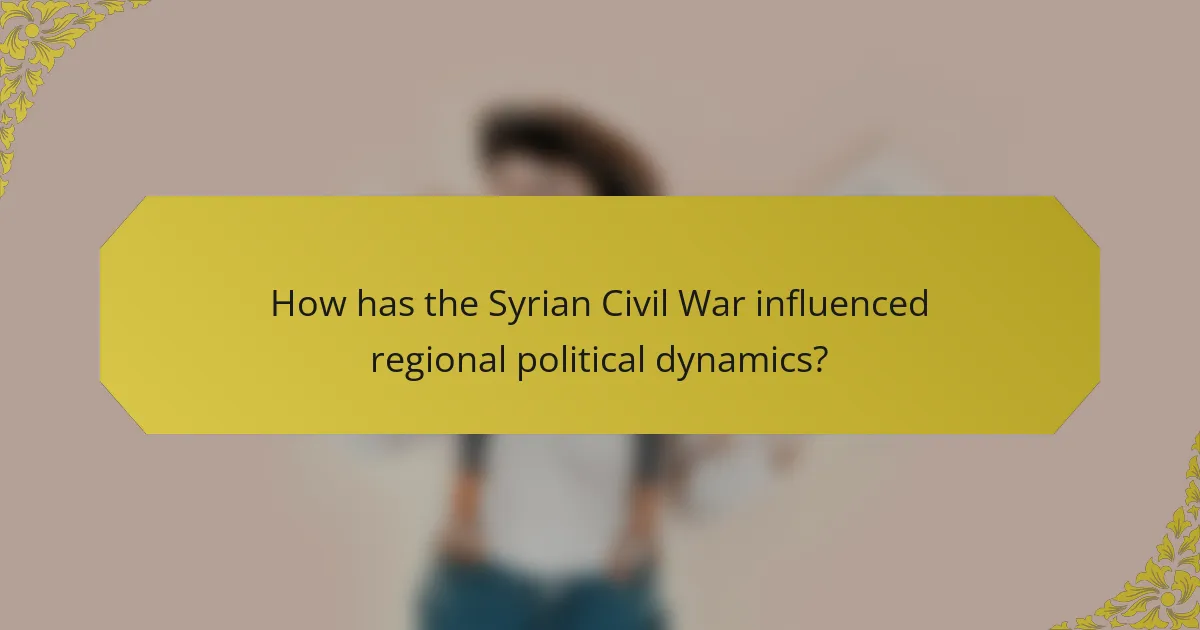
How has the Syrian Civil War influenced regional political dynamics?
The Syrian Civil War has significantly influenced regional political dynamics by altering alliances and power structures. The conflict has led to increased Iranian influence in Syria, as Iran supports the Assad regime. This support has strengthened Iran’s position in the region, allowing it to expand its reach into Lebanon and Iraq. Conversely, the war has strained relations between Sunni-majority countries and Iran, heightening sectarian tensions. Turkey has also shifted its foreign policy, actively opposing Kurdish groups in Syria that it views as a threat. Additionally, the war has prompted Gulf states to reassess their strategies, leading to both support for opposition groups and, more recently, attempts at normalization with the Assad regime. The refugee crisis resulting from the war has further complicated relations, impacting countries like Jordan and Lebanon. Overall, the Syrian Civil War has reshaped regional alliances, increased sectarian divides, and influenced foreign policy decisions across the Middle East.
What are the key political shifts in the Middle East resulting from the Syrian Civil War?
The Syrian Civil War has led to significant political shifts in the Middle East. One key shift is the realignment of regional alliances. Countries such as Russia and Iran have increased their influence in the region by supporting the Assad regime. This support has altered the balance of power, challenging U.S. and Western interests.
Another shift is the rise of non-state actors. Groups like ISIS gained territory and power during the chaos, impacting regional security dynamics. The war has also spurred a refugee crisis, with millions fleeing to neighboring countries. This influx has strained resources and changed political landscapes in host nations.
Additionally, the conflict has intensified sectarian divisions. Sunni-Shia tensions have escalated, influencing politics in countries like Iraq and Lebanon. The Syrian Civil War’s aftermath continues to shape the geopolitical landscape, with ongoing conflicts and shifting power dynamics.
How have neighboring countries responded to the conflict?
Neighboring countries have responded to the Syrian Civil War with varying degrees of involvement and policy changes. Turkey has actively supported opposition groups and hosted millions of Syrian refugees. Jordan has provided humanitarian aid while managing a significant influx of refugees. Lebanon has also absorbed a large number of refugees, impacting its social and economic landscape. Iraq has faced spillover effects, including security threats and refugee movements. These responses reflect each country’s geopolitical interests and humanitarian considerations amid the ongoing conflict.
What alliances or tensions have emerged as a result of the war?
The Syrian Civil War has led to significant alliances and tensions among various regional and global powers. Key alliances include the partnership between Russia and the Syrian government, which has provided military support and political backing. Iran has also allied with the Syrian regime, supplying resources and military advisors. Conversely, tensions have arisen between Turkey and the Kurdish forces in northern Syria, as Turkey views these groups as terrorist organizations. The United States has supported some Kurdish factions, leading to further strain in US-Turkey relations. Additionally, Israel has maintained a hostile stance towards Iranian influence in Syria, conducting airstrikes against Iranian positions. These dynamics illustrate the complex geopolitical landscape shaped by the war.
How has the Syrian Civil War affected refugee movements and regional stability?
The Syrian Civil War has significantly increased refugee movements and destabilized the region. Over 6.6 million Syrians have fled the country since the conflict began in 2011. Neighboring countries like Turkey, Lebanon, and Jordan host the majority of these refugees. This influx has strained local resources and services in these host nations. The refugee crisis has also led to rising tensions and political challenges within these countries. Additionally, the presence of refugees has influenced regional security dynamics, including the rise of extremist groups. The ongoing conflict continues to hinder efforts for a sustainable resolution, exacerbating instability in the region.
What impact have Syrian refugees had on host countries in the region?
Syrian refugees have significantly impacted host countries in the region. They have placed considerable strain on public services and infrastructure. Countries like Lebanon and Jordan have experienced increased demand for healthcare, education, and housing. For instance, Lebanon’s population rose by approximately 25% due to the influx of refugees. This has led to heightened competition for jobs and resources. Additionally, the economic burden has been substantial, with estimates suggesting that hosting refugees has cost Lebanon over $13 billion since 2011. Social tensions have also escalated, leading to challenges in community cohesion. Overall, while Syrian refugees have contributed to cultural diversity, the challenges they present have profoundly affected host countries.
How do refugee crises influence regional politics and security?
Refugee crises significantly influence regional politics and security by altering power dynamics and resource allocation. Countries hosting large numbers of refugees often face economic strain. This strain can lead to political instability within the host nation. For example, Lebanon hosts over a million Syrian refugees, impacting its political landscape and social cohesion. Refugee influx can also fuel tensions between host nations and neighboring countries. Security concerns arise from the potential for increased radicalization among displaced populations. Furthermore, international responses to refugee crises can shift alliances and diplomatic relations. The 2015 European migrant crisis reshaped EU policies and border security measures. Overall, refugee crises create complex challenges that affect regional stability and governance.
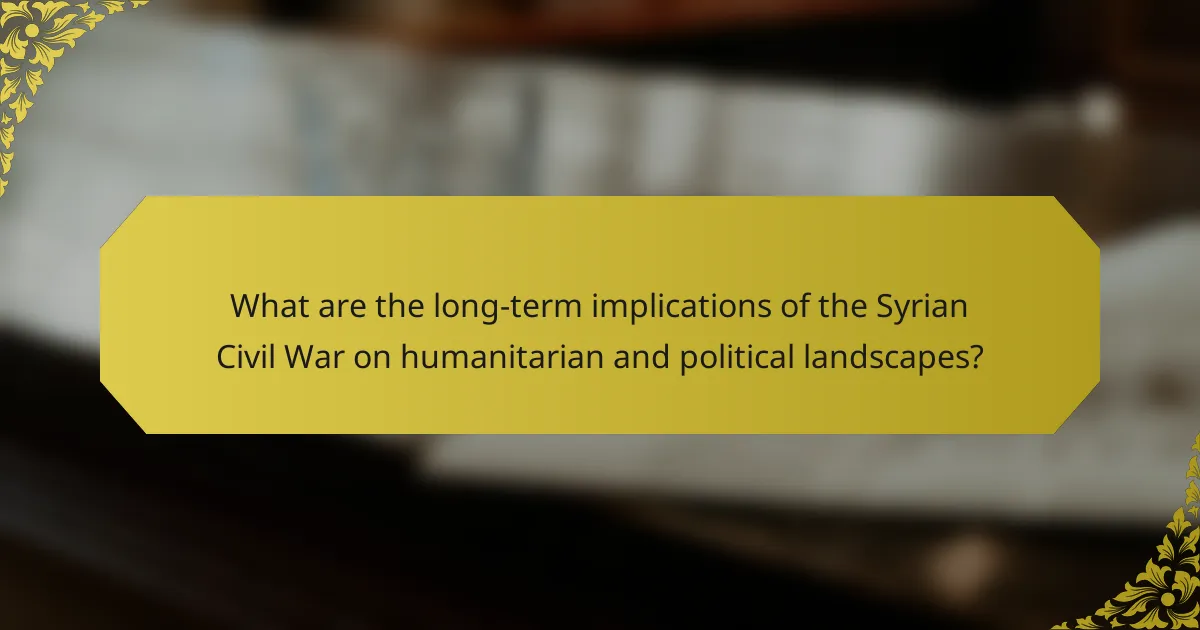
What are the long-term implications of the Syrian Civil War on humanitarian and political landscapes?
The long-term implications of the Syrian Civil War on humanitarian and political landscapes are profound and multifaceted. The conflict has resulted in over 6.8 million Syrian refugees, significantly impacting neighboring countries and Europe. Humanitarian access remains severely restricted, leading to ongoing crises in health, education, and food security. Approximately 90% of the Syrian population lives in poverty, highlighting the economic devastation. Politically, the war has entrenched authoritarianism and weakened state institutions. The power vacuum has allowed extremist groups to thrive, complicating future governance. International relations in the region have shifted, with increased involvement from Russia and Iran. This geopolitical landscape continues to evolve, affecting stability across the Middle East.
How can lessons from the Syrian Civil War inform future humanitarian interventions?
Lessons from the Syrian Civil War can inform future humanitarian interventions by highlighting the importance of timely response and coordination. The conflict demonstrated that delayed interventions often exacerbate human suffering. Effective coordination among international organizations and local actors is crucial for successful operations. The war also revealed the significance of understanding local dynamics and power structures. Tailored approaches that consider these elements can enhance the effectiveness of interventions. Furthermore, the need for sustainable solutions is evident. Short-term aid without addressing root causes can lead to repeated crises. The Syrian experience underscores the necessity of integrating humanitarian efforts with long-term development strategies.
What strategies can be employed to improve humanitarian responses in conflict zones?
Improving humanitarian responses in conflict zones requires a multi-faceted approach. First, enhancing coordination among humanitarian organizations can streamline efforts. Studies show that effective coordination reduces duplication of services and ensures that aid reaches those in need. Second, investing in local capacities strengthens community resilience. Local organizations often understand the context better and can respond more effectively. Third, utilizing technology can improve communication and logistics. For instance, mobile applications can facilitate real-time data sharing. Fourth, advocating for humanitarian access is crucial. According to the UN, unimpeded access allows for timely delivery of aid. Fifth, integrating long-term development goals with immediate humanitarian assistance fosters sustainable recovery. This approach has been supported by various reports highlighting the need for holistic strategies in conflict-affected areas.
What are the potential pathways for political resolution in Syria and the region?
Potential pathways for political resolution in Syria include diplomatic negotiations, ceasefire agreements, and inclusive political processes. Diplomatic negotiations involve key stakeholders, including the Syrian government, opposition groups, and international actors. Ceasefire agreements aim to reduce violence and create a conducive environment for dialogue. Inclusive political processes seek to engage various ethnic and religious groups in governance. Historical examples, such as the Geneva peace talks, demonstrate the complexity of achieving consensus. The ongoing humanitarian crisis further complicates these efforts, necessitating immediate action to address civilian needs. International support and pressure can also influence the resolution process.
What role can diplomacy play in addressing the ongoing conflict and its consequences?
Diplomacy can facilitate negotiations to end the ongoing conflict in Syria. Through dialogue, conflicting parties can reach agreements that may lead to a ceasefire. Historical instances show that diplomatic efforts have successfully de-escalated tensions in various conflicts. For example, the Geneva peace talks aimed to address the Syrian crisis have involved multiple stakeholders. These talks seek to create a framework for political transition and humanitarian aid access. Effective diplomacy can also help rebuild trust among communities affected by the war. Additionally, international diplomatic pressure can encourage compliance with ceasefire agreements. Overall, diplomacy plays a crucial role in mitigating the conflict’s humanitarian and political consequences.
What best practices can be applied to enhance humanitarian aid effectiveness in similar conflicts?
Effective humanitarian aid in similar conflicts can be enhanced through several best practices. First, ensuring coordination among various aid organizations is crucial. This reduces duplication of efforts and optimizes resource allocation. Second, involving local communities in the planning and implementation of aid programs increases relevance and effectiveness. Studies show that community-led initiatives lead to better outcomes. Third, prioritizing transparency and accountability builds trust among affected populations. Clear communication about aid distribution helps mitigate misinformation. Fourth, utilizing data-driven approaches to assess needs ensures that aid is targeted effectively. Research indicates that evidence-based interventions yield higher success rates. Finally, establishing long-term support mechanisms fosters resilience in communities. This approach has been shown to improve recovery and stability in post-conflict settings.
The main entity of this article is the Syrian Civil War, which has led to significant humanitarian crises and shifts in regional politics. The conflict has resulted in the displacement of over 13 million people, widespread food insecurity affecting 12 million, and a severely damaged healthcare system within Syria. Additionally, the war has altered regional alliances, increased Iranian and Russian influence, and intensified sectarian tensions, impacting neighboring countries like Lebanon and Jordan. International responses, while providing essential aid, face challenges such as ongoing violence and funding shortages, complicating efforts to address the humanitarian needs of millions. The article will explore these consequences and examine potential pathways for political resolution and effective humanitarian interventions.
